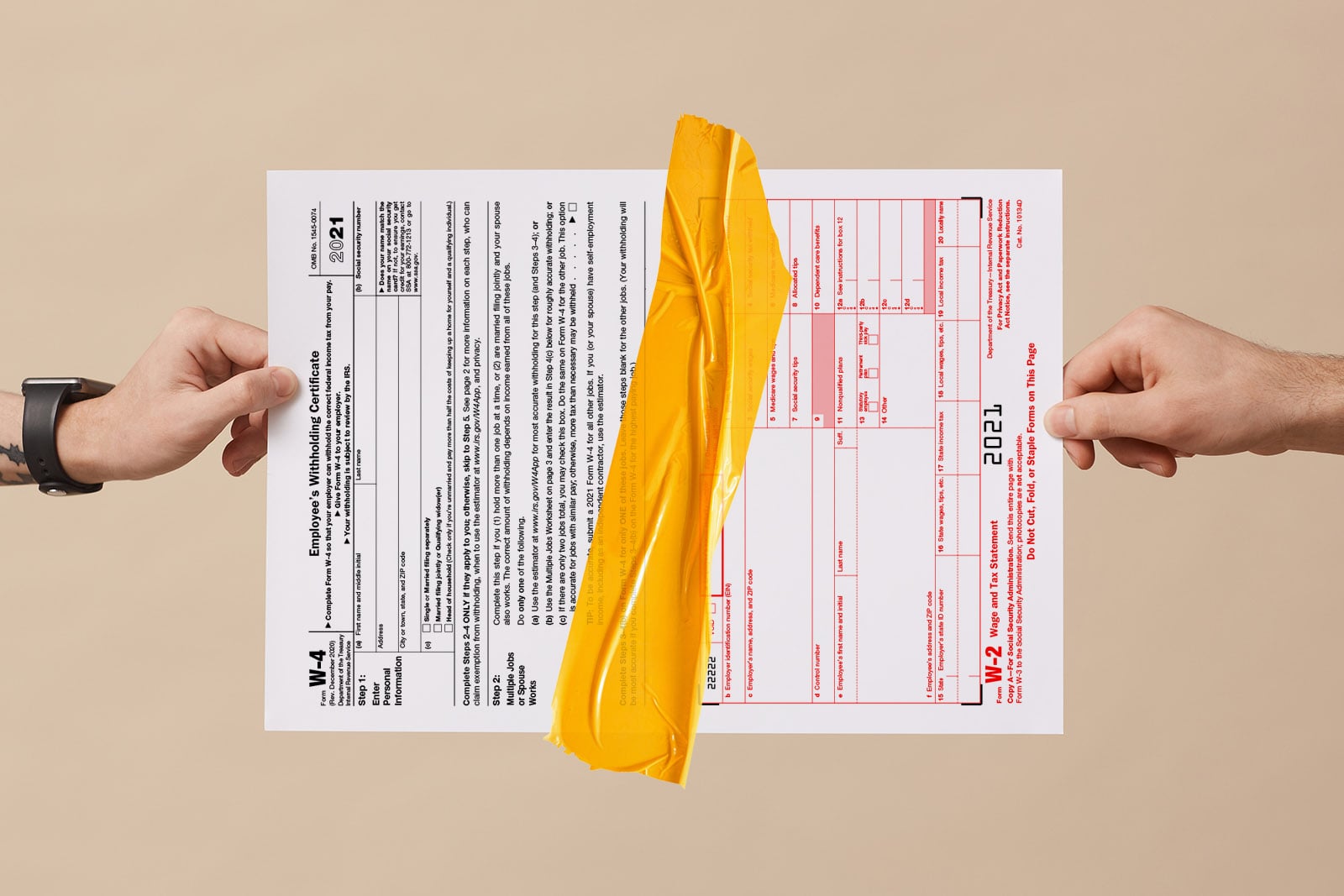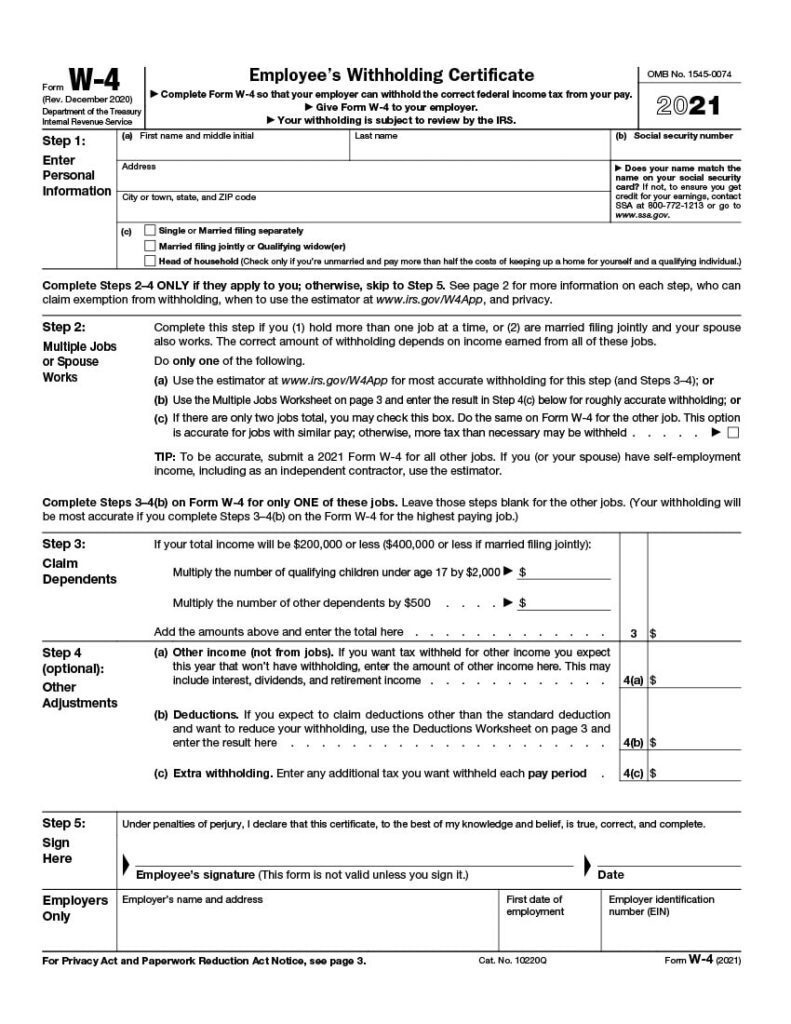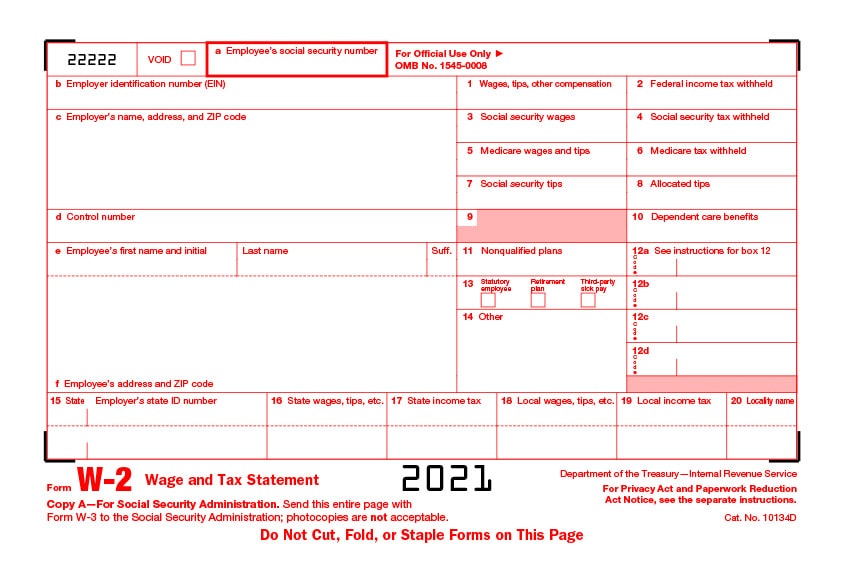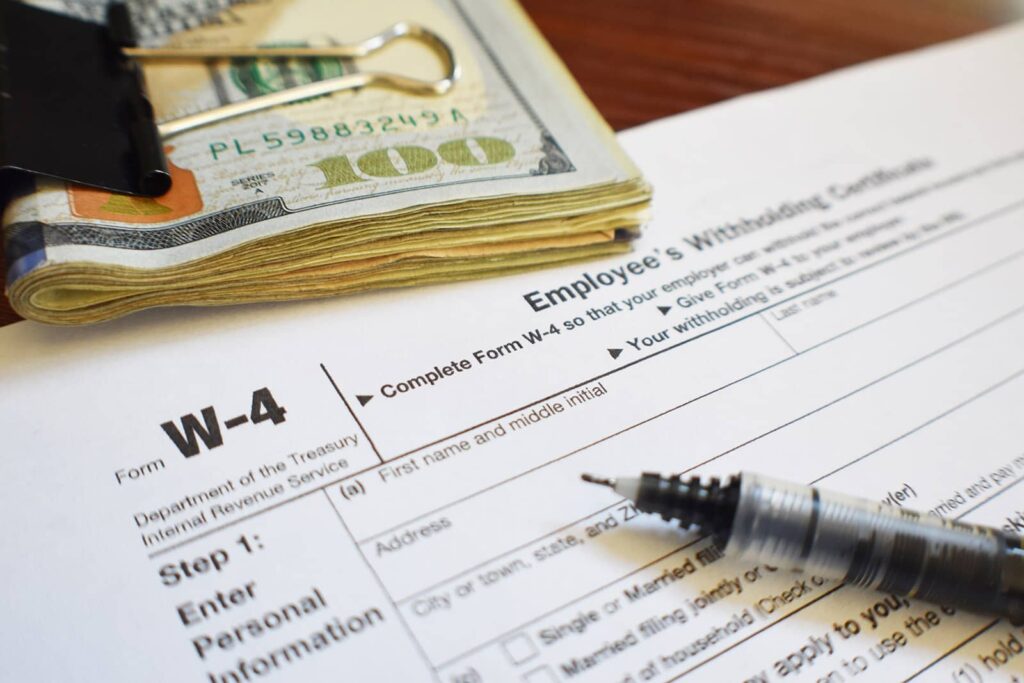How to Easily Get a Copy of Your W-2

How to Retrieve a Lost or Missing W-2 Form: Easy Options for Employees & Contractors
As an employee, you can expect your employer to provide a W-2 form at the beginning of each year, detailing your earnings and tax withholdings from the previous year. However, there may be times when you need a copy of your W-2 from a previous job. While it’s best to keep records of all tax documents, it doesn’t always happen. Fortunately, there are several ways to retrieve a lost or missing W-2.
The same retrieval process generally applies to 1099 forms issued to independent contractors. However, the circumstances in which you may need a 1099 differ from those requiring a W-2.
Reasons to Retrieve an Old W-2 Form
There are several reasons to retrieve an old W-2 form. These reasons include:
- Filing Back Tax Returns: If you failed to file taxes in previous years, the IRS may flag you as a non-filer and pursue back tax returns. This can lead to penalties and fees. How to get old W2 forms from previous employers or the IRS is essential for ensuring accurate filings and restoring compliance.
- Applying for Loans: Lenders often require proof of stable income when evaluating loan applications. Past W-2 forms can verify your earnings and employment history. If you’re wondering how to get W2 from previous employer, it’s usually best to reach out directly to their payroll department first.
- Legal Reasons: W-2 forms may be needed for legal proceedings, such as calculating child support payments or documenting income in a lawsuit. If you don’t have access to them, you may be asking how to get W2 from old job, which often involves either contacting your previous employer or requesting a transcript from the IRS.
- Tracing Income History: Whether for personal or professional reasons, W-2s provide a reliable record of your earnings, employer contributions to health insurance, and retirement plan contributions. If you’ve lost yours, you might be searching for how can I get a copy of my W2 online, which the IRS offers through its Get Transcript tool (explained below).
You don’t always need a specific reason to retrieve an old W-2. If you discover a missing form, it’s best to obtain a copy—having it on hand can save you time and stress in the future.
How to Get a Copy of Your Old W-2

There are a few ways to find my W2, but before making a request, determine the exact year(s) you need.
- Contact Your Former Employer: If you’re still in touch with your previous employer, reach out to their payroll or HR department to request a copy. Employers are required to keep W-2 records for at least four years, though some retain them longer. Keep in mind that some employers may charge a fee for providing copies. If you’re trying to find my W2 from years past, this should be your first step.
- Request from the IRS: If you can’t reach your former employer, the IRS offers an alternative. The IRS maintains W-2 records for the past ten years, making it likely they have what you need. If you’re asking how can I get my W2 online for free, the IRS provides access through their Get Transcript service. These records, along with other third-party information statements from employers and financial institutions, become available after the April tax filing deadline.
By exploring these options, you can obtain the necessary W-2 forms to meet tax, financial, or legal requirements.
Getting a Copy of Your W-2 From the IRS
If you need a copy of your W-2, the IRS provides several options:
By Mail
You can request a W-2 transcript by mailing Form 4506-T, “Request for Transcript of Tax Return,” to the IRS. However, you will only receive an actual copy of your W-2 if you originally filed a paper tax return. Otherwise, the IRS will provide a wage and income transcript, which contains the same tax details.
Since this is the slowest method, expect your transcript to arrive in approximately three weeks after the IRS processes your request.


By Phone
You can find my W-2 form by phone by calling (800) 908-9946. This method is faster, with your transcript typically arriving within 10 days.
Online (Receive Transcript By Mail)
Visit the IRS Get Transcript by Mail page and complete the form to request your W-2 transcript. Like the phone method, your transcript should arrive in 10 days.


Use the IRS Website (Get Transcript)
For immediate access, log in to the IRS Get Transcript portal. If you don’t already have an IRS account, you’ll need to create one and verify your identity with additional documentation. Once verified, you can get my W-2 online for free by downloading your transcript instantly.
Use a Tax Preparation Professional
If you work with a tax preparation professional (such as an accountant), they may be able to retrieve your W-2 transcript on your behalf. Many tax professionals have IRS-authorized online accounts, allowing them to access records more efficiently.

Tips for Getting a Copy of Your W-2 Form

- To avoid the hassle of trying to contact the IRS, save all copies of W-2 forms in a safe space so that you can refer to them when needed. Always make a copy of the forms you send to the IRS every tax season.
- If you’ve misplaced your W-2, you might be wondering how to get old W2 documents from the IRS. The fastest way is to use their online transcript tool, which allows you to retrieve wage and income statements quickly.
- If you use a tax professional to complete your taxes, you can also try contacting them for copies of your W-2. However, for those looking for how can I get my W2 online for free, the IRS’s Get Transcript tool remains the best option.
How to Get Your W-2
Keeping copies of your W-2 forms is essential for tracking your income, tax deductions, benefits, and retirement contributions. However, if you discover that you’re missing a W-2 and need it, you can request a transcript from the IRS using several different methods.
That said, the easiest solution is to have your forms readily available when you need them. Consider setting up a more organized filing system to keep track of your tax documents efficiently.
FormPros simplifies the process by allowing users to instantly generate W-2 forms and other essential tax documents, saving time and effort.
FormPros Has You Covered
Simplify your paperwork with FormPros! From creating paystubs, W-9s, and 1099-NEC forms to generating LLC Operating Agreements and even voided checks, our easy-to-use platform has you covered. Save time, reduce errors, and handle your business documents with confidence. Start now and see how FormPros makes professional form generation fast, affordable, and hassle-free!
We Can Help You!
- Create W-2 Instantly
- Saves time and headaches
- Preview and share easily
- Easy to follow steps









































